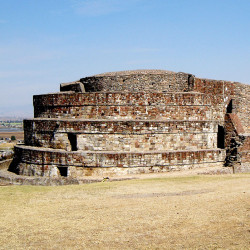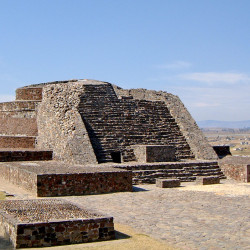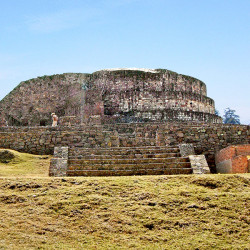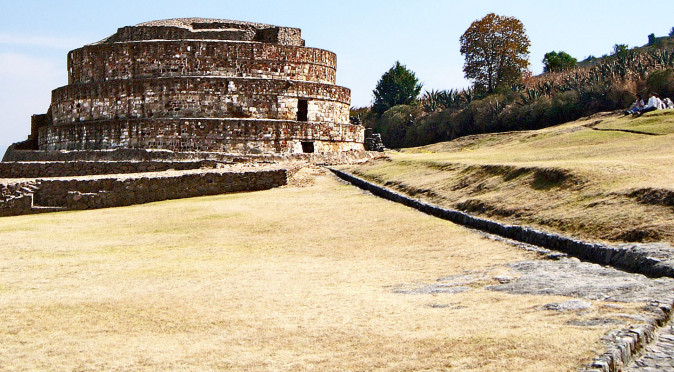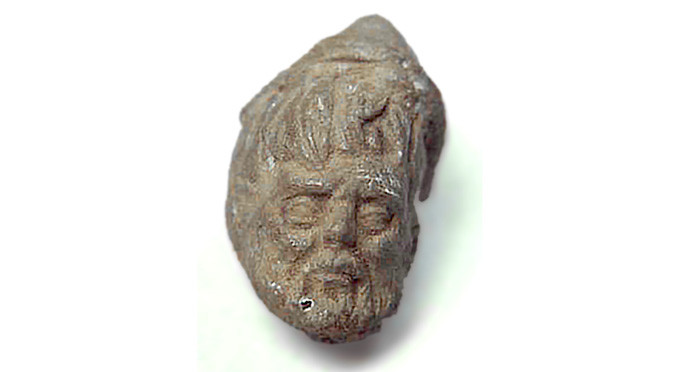Calixtlahuaca’s most striking temple, Building 3, is thought to be this unusual shape because it is dedicated to the God of Wind – and for two good reasons: a statue of Ehecatl, the God of Wind, was found within it during Payón’s excavations of the 1930’s; and, the diaries of a Spanish friar and chronicler named Torquemada tells of being shown glorious round Aztec temples that were dedicated to the God of Wind. The round shape is thought to reflect the infinite nature of the wind and to protect Ehecatl’s temples from his gusty nature. However, this temple isn’t Aztec and the statue of Ehecatl would have probably been introduced to Calixtlahuaca after the Aztecs subjugated the city in around 1474. The temple, on the other hand, is thought to date back as far as the 10th century when the Toltec ruled throughout this area. The main God of this time was Quetzalcoatl, a creator God who was incarnate on earth as a Lord of the Toltec in around the 10th century. Interestingly, the Aztec taught that their God, Ehecatl, was a form of the more archaic God, Quetzalcoatl.
Temple of Quetzalcoatl – South Face
Temple of Quetzalcoatl – East Face Staircase
Temple of Quetzalcoatl – North Face
The unusual rounded, tiered, shape of Building 3 is undeniably reminiscent of a coiled serpent – and this may not be a coincidence. The name Quetzalcoatl is a combination of two animal forms: the quetzal (a native bird renowned for its colourful plumage); and the serpent (called coatl in the native Nahuatl language). The serpent was revered for its ability to slither between the cracks of our world into the mysterious underworld of the dead. The serpent was also believed to have the ability to be reincarnated – the act of shedding its skin was seen as an act of rebirth. 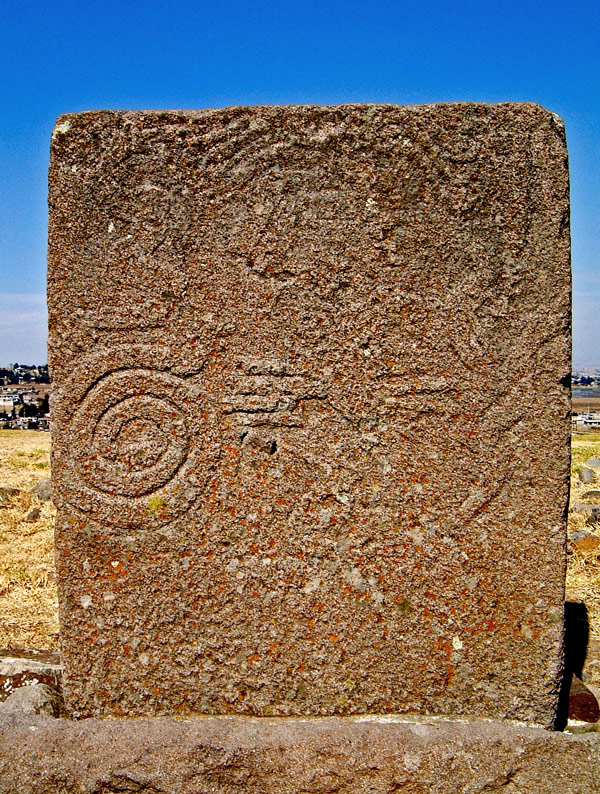
Fig W0032: Serpent ReliefBuilding 3 was probably incarnate of both these powers; acting as entrance to the underworld to harness the power of the ancestors, as well as symbolising rebirth and new beginnings with the temple being physically reincarnated periodically – archeological investigations have revealed at least four layers of construction underneath the temple we see today.
The idea that Building 3 was dedicated to the serpent is supported by the imagery found a stone relief within the temple complex (fig. W0032). The relief is carved on a large slab of volcanic rock that has eroded so badly that only one image can still be identified – a serpentine curl which is clearly visible on the left-hand side. The relief not only looks like a snake, but also very much looks like Building 3, reiterating the resemblance and probable relationship between the temple and the serpent. In summary then, it would seem likely that the temple was dedicated to the ancient serpentine creator God, Quetzalcoatl, and that it was later dedicated to the God of Wind by the Aztecs.
The Temple of Quetzalcoatl is not the only evidence of a Serpent cult at Calixtlahuaca. A magnificent statue of Coatlicue or one of her minions, known as Cihuateteo, was also found here. The statue is now on display at the Museo Nacional de Antropologia in Mexico City (fig. W0021), but there is some confusion over whether she is 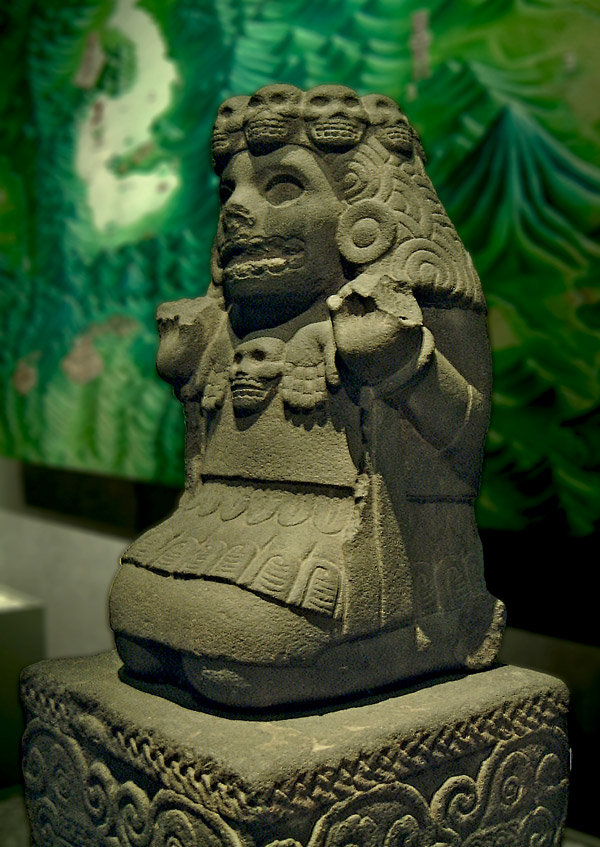
Fig. W0021: Sculpture of Cihuacoatl?Coatlicue or a Cihuateotl, because she doesn’t quite fit any of the Aztec stereotypes. Coatlicue is the sinister Mother of the Gods who wears a skirt of snakes (her name translates to “snake skirt”), but the statue from Calixtlahuaca has a skirt of shells and feathers. The Cihuateteo, who were fallen heroines who died during labour, did wear shell skirts, but didn’t wear the skulls of other fallen warriors. Coatlicue does wear the distinctive necklace of hands and skulls which is found on the statue at Calixtlahuaca, so of all the known Gods it is most likely a primitive or derivative version of this Coatlicue.
One derivative of Coatlicue is known as Cihuacoatl, or “Snake Lady”. Cihuacoatl helped Quetzalcoatl create the current form of humankind by grinding up the bones of the previous ages and mixing them with his blood. Cihuacoatl is usually depicted as half-snake, the serpentine equivalent of a mermaid, and is commonly portrayed holding spears in a warrior like pose. This is because childbirth was likened to an act of battlefield heroism and those that died during childbirth were honoured as fallen heroines known collectively as the 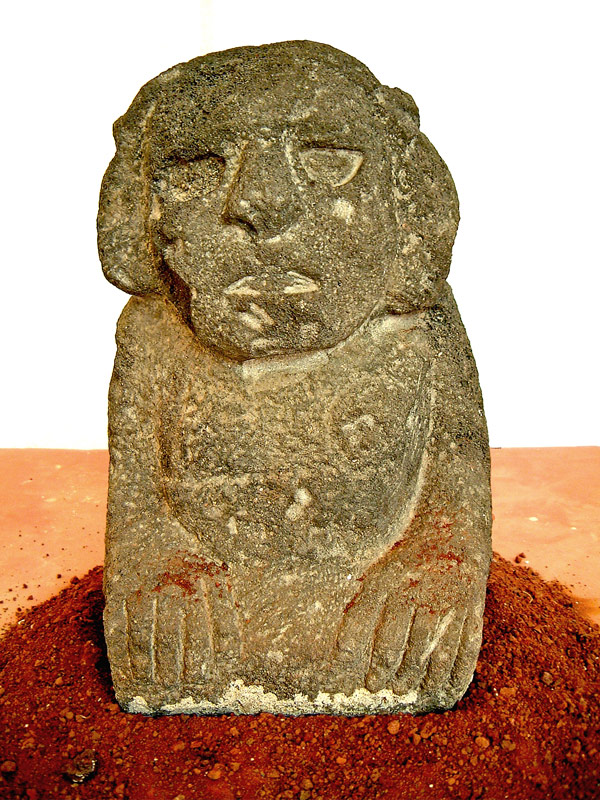
Fig. W0036: Sculpture of a Cihuateteo?Cihuateteo – which some believe the statue may be of, but there is another statue found at Calixtlahuaca, fig. W0036, which is more in keeping with the Cihuateteo. The statue found at Calixtlahuaca doesn’t hold spears, strike a warrior-like pose, or have a snake tail instead of legs, so yet again, it is hard to be certain that the statue is Cihuacoatl either.
But, as with Building 3, we are trying to fit the finds at Calixtlahuaca into the legends of the Aztec, who arrived here very late in the city’s history. The serpentine curls of her hair correspond with architecture of Building 3 and the very aged relief found on the monolith that stands in front of the temple. This symbolic hair detail is undoubtedly designed to portray a Medusa style head of snakes – which interestingly correlates with a Mayan Goddess named Ixchel, who is also known to be a Goddess of Fertility and Midwifery. This doesn’t necessarily indicate a Mayan presence at Calixtlahuaca or a direct influence, but does demonstrate at least the interchange of theologies or a mutual influence of an older civilisation and suggest it is not a creation of the Mexica/Aztec as is thought.
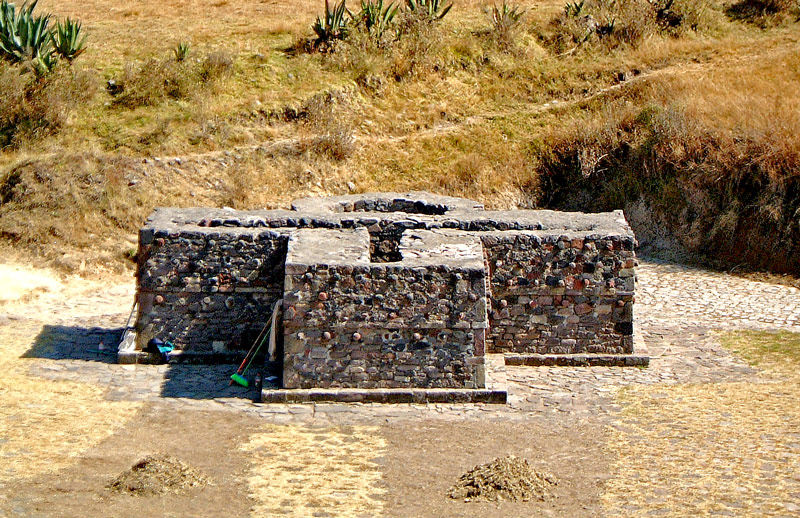
Fig. W0029: Fertility Altar?The statue was reported as being found amongst Group E, a little known group of temples located high upon the hill on which Calixtlahuaca was built, known as Cerro Tenismo. But the statue shows signs of being dumped, with the hands having broken off and the mouth chipped as it fell on its front. It is known that the Aztec ruler Moctezuma ordered the destruction of the city in retaliation for the rebellious activities of the Matlatzinca people who lived here. Therefore it is possible the statue was moved to a remote abandoned group of temples to hide it and protect it. The reason for suggesting it was moved is that the statue sits on an altar made of skulls, and an altar still stands at Calixtlahuaca today which is still adorned with two original decorative skulls. The cruciform altar (fig. W0029), which is found amongst the “Tlaloc Group”, has been inaccurately called a Tzompantli (or Skull Rack). However, it seems more likely that the altar was dedicated to the statue, Cihuacoatl, and rather than being used for sacrifice it may have been used for women to lie on during the birthing ceremony. The shape of the altar, with the rounded end supporting the head and the cruciform shape supporting the outstretched arms and legs, do make an ideal shape for this function. The altar has been 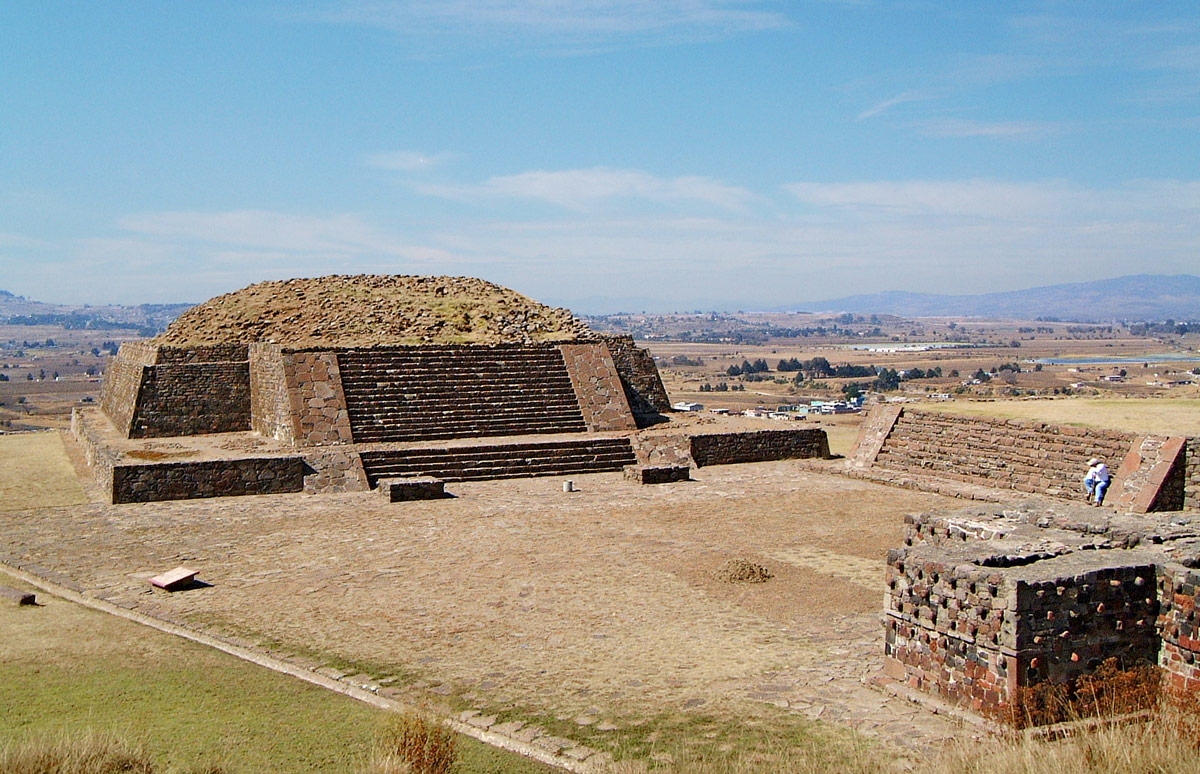
Fig. W0028: Group B – Conjunto Tlaloc reconstructed hollow, but it would have originally had a large solid surface, which would have made it perfect for this purpose – although admittedly it would also be perfect for cutting people’s hearts out on.
Group B is known as the Tlaloc Group because Payon’s excavations in the 1930’s yielded a number of statues and pottery that related to Tlaloc, an easily recognisable God who features goggle-eyes and goofy teeth. Tlaloc is also a one of the primary Gods who can be traced through the Toltec and back to Teotihuacán, along with Quetzalcoatl and Coatlicue. Furthermore, as the God of Rain he was considered a giver of life and fertility – much the same attributes as Cihuacoatl, albeit with an agricultural focus. It could therefore be that the Tlaloc Group was actually dedicated to a broader purpose of fertility and a sacred place where people paid tribute to the Gods in hope of a fruitful crop or a healthy child.
In fact, looking up at the hill that rises above the city, it is possible that Calixtlahuaca itself may have been considered a haven for childbirth and the birthplace of the Gods. Hills and mountains were associated with the Gods across the world in ancient times and there are several logical theories to why: they are the source of precious water; a perceived gateway to the heavens; fertile land often lies at their feet (particularly in the case of volcanoes); and they sometimes look like the face or breast of a giant lying down from afar. Whilst the hill at Calixtlahuaca, known as Cerro Tenismo (see fig. CXS01 below), is too small to fulfil any of these grander reasonings, it is a prominent and notable landmark to which legends could be recorded and myths built upon.

Fig. CXS01 – The Hill, known as Cerro Tenismo, with Building 3 circled nearest, Group B circled adjacent and Group E farther up the hill © Google Maps
At Calixtlahuaca, the serpentine Building 3, the statue with serpentine hair, and the serpentine relief all suggest that the legends surrounding this sacred hill were about fertility or a creation myth – or both. The serpent was revered across the ancient world as a sign of fertility. This was undoubtedly in part due to the brash association with the human penis. But it is worth noting that the ancient Creator Gods of Mesoamerica, both male and female, were also heavily associated with the snake. It is highly probable that the snakes’ primitive, limbless, scaly form was recognised as a primordial and ancient being which dated back to a much older epoch, known in Mesoamerica as a “Sun”. The people of Calixtlahuaca (Matlatzinco) were living in the fifth Sun (which was thought by many to be due to end in December 2012), so they may have believed the serpent was a survivor of a previous age and a direct descendant of the Gods. As noted at the beginning of this article, the serpent was attributed with many supernatural powers that made it very worthy of a cult following.
In summary, Calixtlahuaca appears to have had a strong link to the serpent and the origin myths, but whether that is because they believed life in the fifth sun began here or because it symbolised fertility it is not possible to be sure – it is likely to have been the latter though.


